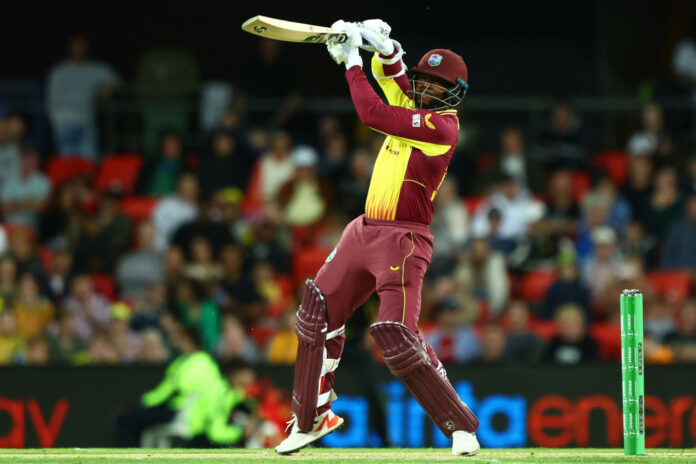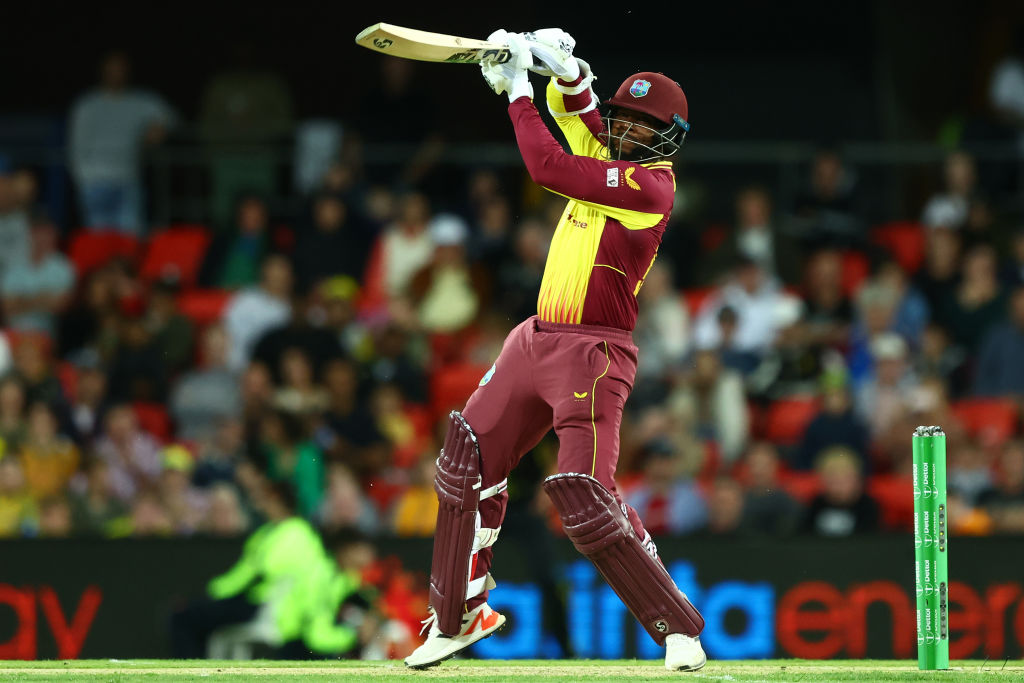

The West Indies cricket team was historically known to produce the best cricketers the world had ever seen.
Brian Lara, Vivian Richards, Curtly Ambrose, Michael Holding, and Courtney Walsh are some names synonymous with cricket's all-time elite.
In recent history, however, there has been a massive decline from the heights reached by their predecessors due to multiple reasons across economic and management fronts causing a case of concern for the two-time former ODI world champions.
In the 1970s and 1980s, the Windies established a presence in world cricket that has never been replicated, under the leadership of Clive Lloyd and Viv Richards, an extremely talented crop of players from different Caribbean nations established themselves as an unstoppable force, breaking records for fun and redefining the standards of the game.
The Windies outfit in this era was famously known for its daunting pace attack.
Holding, Garner, and Marshall bowling raw bodyline pace would strike fear amongst any opposition batsmen.
Their efforts with the bat were equally good, giving them an advantage like no other. Naturally athletic and agile, they were also second to none in the field.
The highlighted strengths across all departments tied with the Caribbean team spirit ensured insurmountable success.
The team won back-to-back world cups in 1975 and 1979 and also set a 15-year unbeaten record in the longest format of the game, a feat that is unimaginable in modern cricket.
The efforts of the cricketers across these two decades earned them the title - 'Golden Era' of West Indian cricket.
After a period of invincible success, it was obvious a decline was to follow.
In the 1990s, the Windies found themselves in a period of transition after many key players announced their retirement.
Brian Lara lead the team from the batting department and the fierce duo of Walsh and Ambrose spearheaded the bowling contingent.
However, this decade saw immense conflicts between the West Indian Cricket Board and the team management, a system of dropping players created instability within the squad and took the team farther from consistent success.
The game had also moved towards a larger spotlight on limited-over cricket, with countries like Australia piling pressure for the top spot, the Windies saw moderate success.
In the headlines were more individual performances than team achievements, as seen in the case of Lara who achieved immeasurable success as a batsman on an individual front but from a collective team perspective only managed to secure the 2004 Champions Trophy.
Post-2000s, the tension between the WICB and the players only increased with several instances of altercations and disputes. A payment and sponsorship conflict in 2005 saw the WICB drop Lara and multiple other big-name cricketers from the national side.
In 2009, matters got worse when many senior players opted out of contention due to contract and payment issues, the tension between the players and the board reached a point where the entire reputation of West Indian cricket was on the line and had to ultimately be settled with the involvement of the ICC.
Payment structure crises repeated themselves in 2014 and 2015, leading to a terrible run in test cricket and the 50-over format. Between 1995 and 2015, West Indies lost 21 test matches by an inning as compared to just 4 losses by an inning in thirty years prior to 1995.
Despite the annihilation in the longer formats of the game, Windies restructured themselves as an explosive T20 team. A batting contingent whose biggest strength was power, the Windies batsmen used an aggressive approach and smacked bowlers all around the park.
The rebuild was headlined by cricketers such as Chris Gayle, Kieron Pollard, and Dwayne Bravo.
The 2012 T20 World Cup saw the Windies emerge as winners overcoming Australia in the semi-final and defeating Sri Lanka in the final by 36 runs.
They repeated their success in 2016, against England in the final, Carlos Braithwaite smashed Ben Stokes for four consecutive sixes with 19 required in the last over.
Unfortunately, with success in the shortest format and the emergence of T20 franchise leagues around the world providing cricketers with lucrative contracts, Caribbean players opted out of contention for longer formats amidst the long-standing pay disputes and poured ultimate focus into T20 cricket.
6️⃣6️⃣6️⃣6️⃣#OnThisDay in 2016, Carlos Brathwaite, remember the name! 🏆pic.twitter.com/KnSMmDwFWk
— ESPNcricinfo (@ESPNcricinfo) April 3, 2023
As of 2023, the West Indies are now out of contention to qualify for the ODI World Cup - it will be the first time in history they have failed to do so. Having lost their first two games in the Super Sixes stage of the qualifying tournament, mathematically there remained a chance, however, a horror show against Scotland concluded their chances, with the men from the Caribbean rolled for just 181.
There are numerous causes that have contributed to West Indies cricket's downturn. The team's progress has been hindered by uneven performances, a lack of talent development mechanisms, budgetary constraints, internal conflicts, and a growing emphasis on T20 franchise leagues.
The local cricket system has been further damaged by the migration of talented players to rich opportunities abroad.
Additionally, the lack of skilled leadership and consistent coaching has hampered the team's development.
A comprehensive strategy, involving strategic planning, investments in grassroots cricket, stronger governance, and the development of a new generation of talented players, is needed to reverse this decline and restore West Indies cricket to its former splendor.





